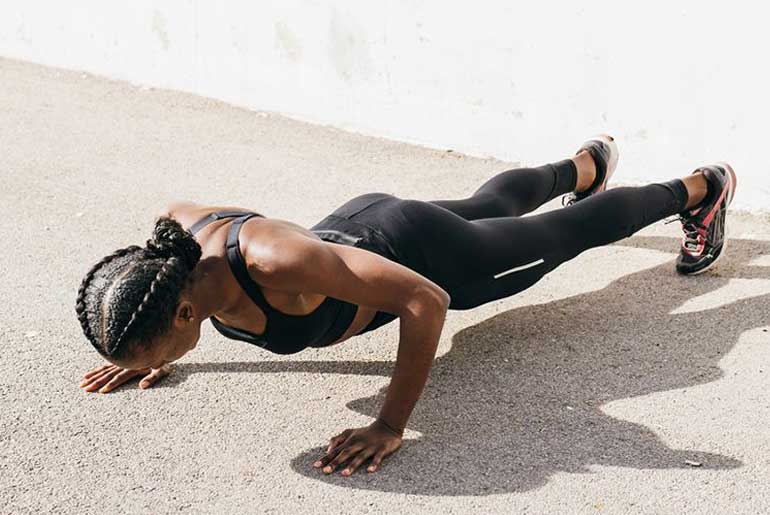The core, often associated with the “six-pack” of abs, is a critical area of the body encompassing not just the rectus abdominis but also the abdominal, pelvic, and back muscles. These core muscles include the external abdominal obliques, internal abdominal obliques, and the deeper transverse abdominis, which plays a significant role in various activities. Core strength is essential for everyday activities like walking, maintaining posture, and lifting objects. It’s also crucial for power transfer during activities such as swinging a golf club, generating spinal stability to prevent back injuries, and aiding in balance and fall prevention. Developing a well-rounded core is vital for overall physical well-being and functional movements.
Core strength is a critical component of overall fitness and well-being. A strong core provides a stable and supportive foundation for almost every physical activity and helps maintain good posture, reducing the risk of injury and back pain. Here are some key principles to help you build and maintain core strength:
- Core Muscles: The core is more than just your abs. It includes muscles in your lower back, pelvis, hips, and buttocks. To build comprehensive core strength, you should target all these muscle groups.
- Balanced Training: Balance is essential. While strong abdominals are valuable, overworking them can lead to muscle imbalances. Make sure to work on both your front (anterior) and back (posterior) core muscles.
- Functional Movements: Incorporate functional movements into your core workouts. These are exercises that mimic real-life activities and engage your core muscles while you perform them. Examples include squats, deadlifts, and planks.
- Variety: Don’t stick to a single routine. Change your core exercises regularly to engage different muscle groups and avoid plateaus. Include exercises that target rotation, flexion, and extension.
- Proper Form: Maintaining proper form is crucial to get the most out of your core workouts and prevent injury. Focus on quality over quantity. If you can’t maintain good form, reduce the intensity or modify the exercise.
- Core Stability: Training for core stability is just as important as strength. Stability exercises help your core muscles work together to maintain balance. Planks and bridges are excellent for this purpose.
- Breathing: Proper breathing technique is often overlooked but vital for core exercises. Inhale during the easiest part of the movement and exhale during the most challenging phase.
- Consistency: Like any other fitness goal, consistency is key. Aim to include core exercises in your routine 2-3 times a week. You can do them as standalone workouts or as part of a larger fitness routine.
- Progressive Overload: As your core strength improves, gradually increase the intensity of your workouts. You can do this by adding resistance, increasing repetitions, or trying more advanced exercises.
- Listen to Your Body: Pay attention to how your body responds to different exercises. If you experience pain or discomfort beyond typical muscle fatigue, consult a fitness professional or healthcare provider.
A well-rounded core training routine can enhance your performance in various activities, from sports to daily tasks. Don’t underestimate the value of core strength in maintaining a strong and healthy body.
Disclaimer:
The information contained in this article is for educational and informational purposes only and is not intended as a health advice. We would ask you to consult a qualified professional or medical expert to gain additional knowledge before you choose to consume any product or perform any exercise.







